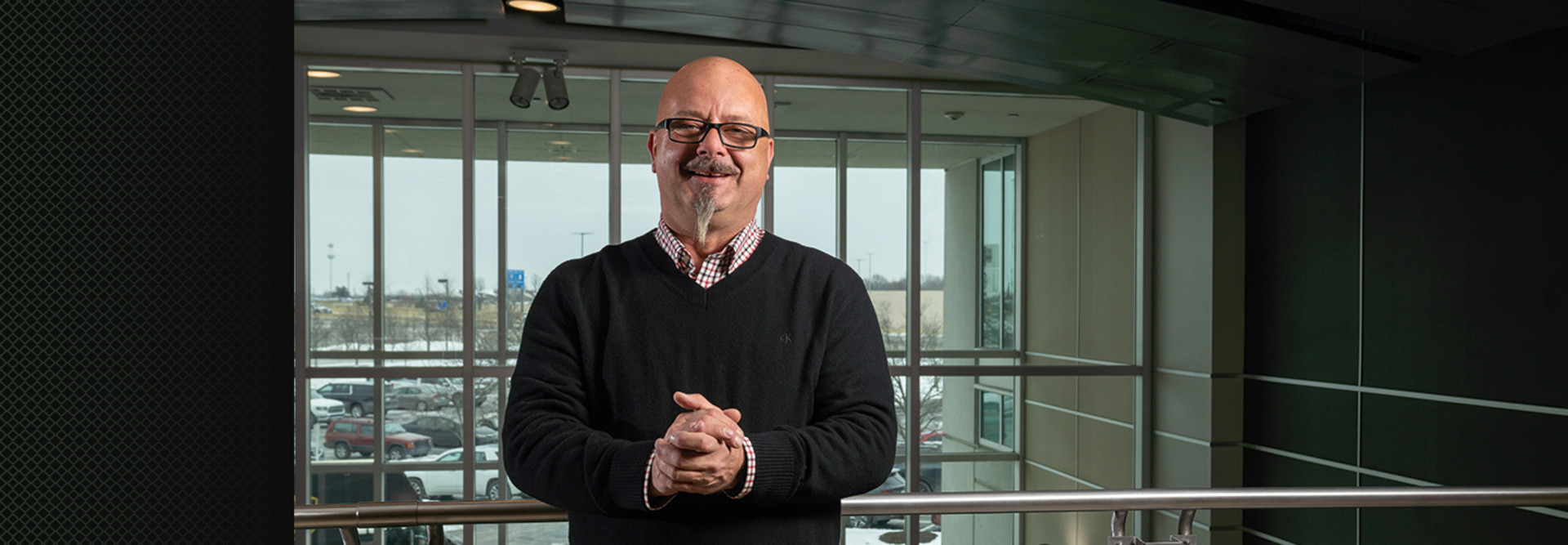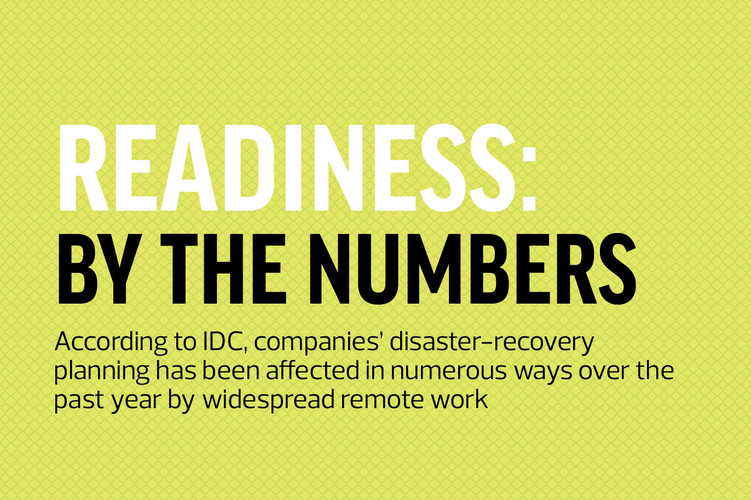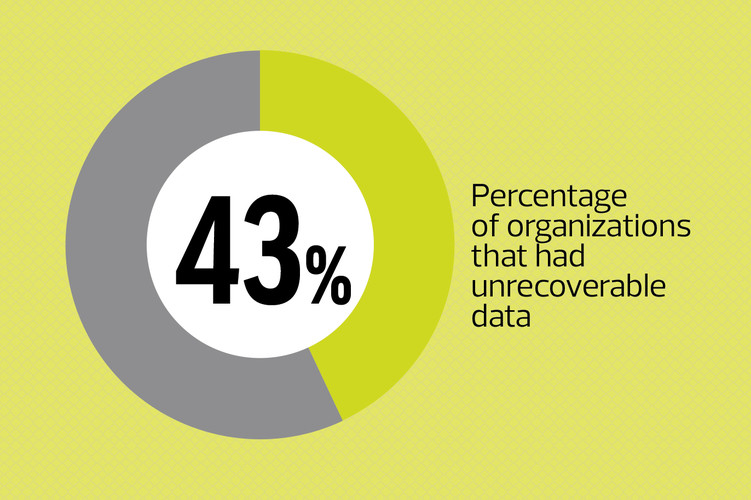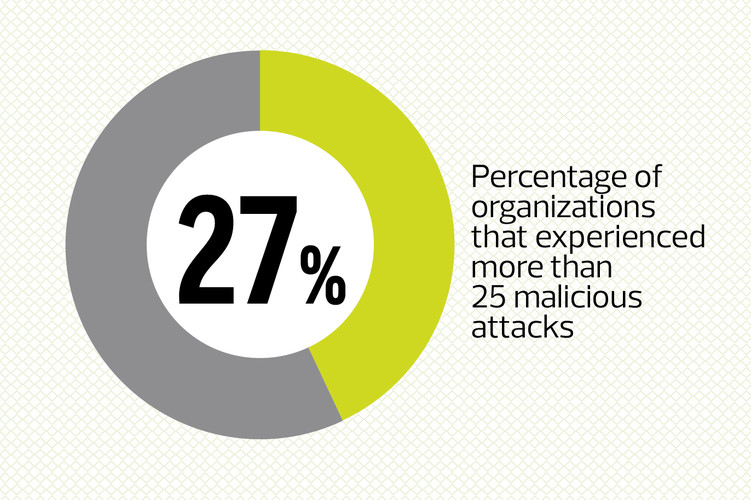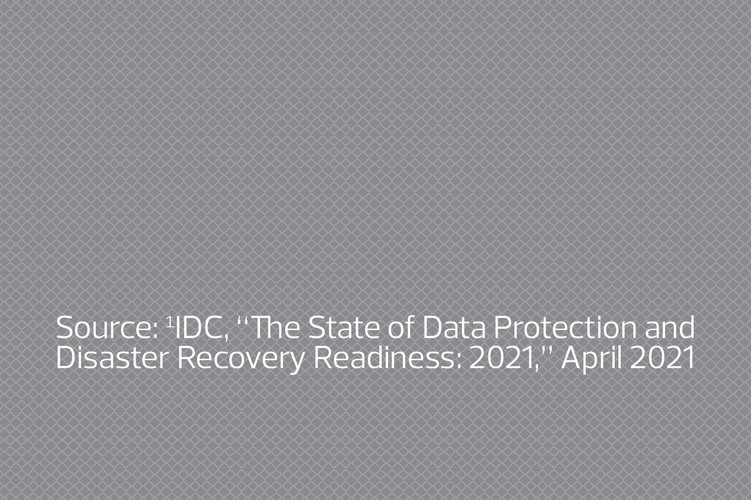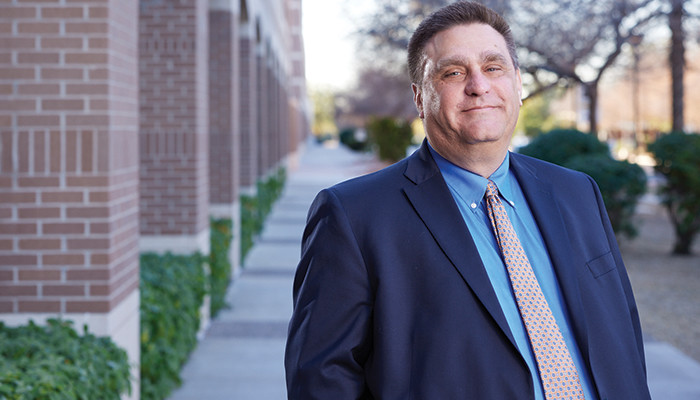From the increasing frequency of natural disasters to ever more determined hackers, organizations need to be prepared to handle an array of potential disruptions.
Most IT and business leaders realize that it’s vital to have a carefully crafted disaster recovery strategy in place, powered by the right technologies.
But too often, those efforts get pushed off, says Naveen Chhabra, a senior analyst at Forrester.
“The pandemic did open many IT and business leaders’ eyes to what-if scenarios,” says Chhabra. “However, they also tended to choose the easy path; for example, public cloud options where resilience is not baked into the platform. Disaster recovery needs to be engineered. It needs to be architected.”
WATCH: Discover the building blocks of business continuity.
Why a Good Business Continuity Plan Starts By Identifying Priorities
Newgent says it was important for several reasons to get an outside set of eyes on IEA’s environment.
“You get a much more neutral look at your systems and your blind spots,” he notes. “Also, we just don’t have the staffing necessary for someone to dedicate the months that it takes to put together a good business continuity plan.”
The engagement with CDW helped IEA officials to reprioritize which of their systems they would need to get back up and running immediately in the event of a disaster.
For instance, Newgent previously assumed that the company would need to get both its accounts receivable and accounts payable systems back up immediately. However, conversations with line-of-business stakeholders revealed that it was much more important in the short term for the company to be able to meet its payroll and pay its bills, and that collecting on money owed to the company could wait a few days.
“As a technology team, we see the business through a different lens,” Newgent adds. “We see it as providing the technology that people need to do their jobs, but then we really don’t know what people’s day-to-day processes are. CDW dug into that, and we were really surprised in some areas.”



